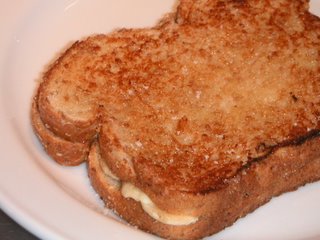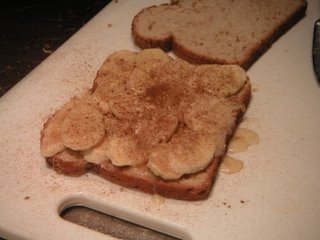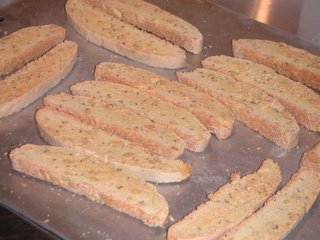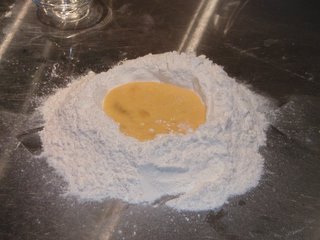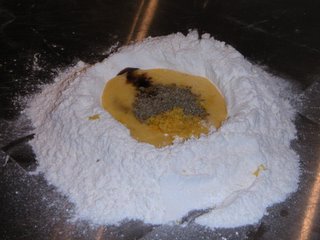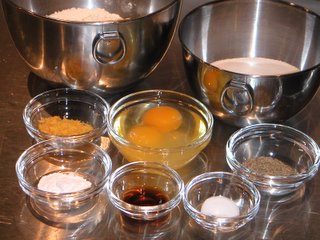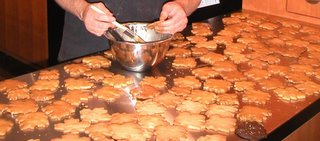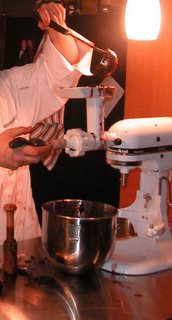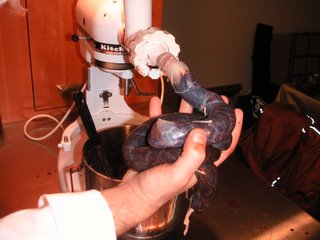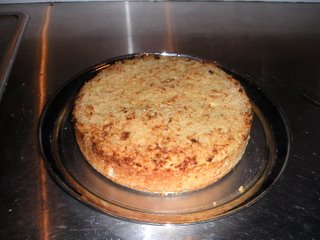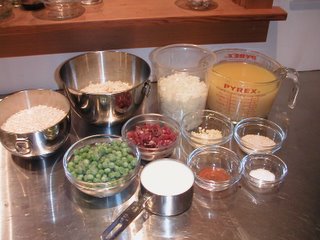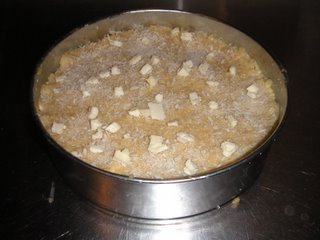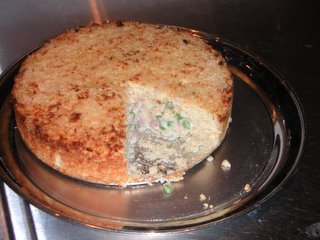Autumn Maple Leaf Cookies (adapted from Martha Stewart Holiday Cookies)
Makes about 60 cookies
1 cup (2 sticks) unsalted butter, room temperature
1 cup granulated sugar
1 cup grade B maple syrup (if using regular syrup, add a few drops of pure maple extract for a more robust flavor)
1 large egg yolk
3 cups all-purpose flour, plus more for dusting
1/2 teaspoon salt
1 cups confectioners’ sugar
1. In the large bowl of an electric mixer, cream together butter and granulated sugar. Add 1/2 cup maple syrup and egg yolk; mix until well combined. Sift together flour and salt over mixture, and combine thoroughly. Divide dough in half, flatten into a disk, wrap in plastic, and chill until firm, about 2 hours.
2. In a medium bowl, whisk together the remaining 1/2 cup maple syrup and confectioners’ sugar until smooth, adding more maple syrup for piping consistency, if necessary. Cover tightly with plastic, and set aside.
3. Preheat oven to 350°. Line four baking sheets with Silpat baking mats or parchment; set pans aside.
4. Remove half of dough from refrigerator. On a lightly-floured surface, roll dough out to an 1/8-inch thickness. Using a 2- to 3-inch leaf-shaped cookie cutter, cut out cookies, and transfer to prepared baking sheets, spacing cookies 1/2 inch apart. Chill any trimmings, and roll out again. Repeat process with remaining half of dough. If desired, use the back of a paring knife to score veins on leaves.
5. Bake cookies until light golden around edges, about 12 minutes. Transfer baking pans to a wire rack for 5 minutes. Using a spatula, remove cookies from pans to a wire rack to cool.
6. Using a pastry brush, glaze the cooled cookies with the maple mixture.

This was my first time using my new Vollrath cookie sheets. Cooks Illustrated rated them the perfect cookie sheet if you could find them. At over 2.5 #s of steel, they are sturdy, and won't warp at high tempertures. I didn't grease the sheets or use parchement, and the cookies came off with no sticking. (Maybe age will affect them, though.) the downside is that they stay so HOT after the baked are removed that cookies with butter will just gloop and spread a little too much before they are even in the oven. But at a quarter of the price of the All-Clad, and better-rated, you can afford a few more, and really, during the holidays, do you ever have too many GOOD cookie sheets?



